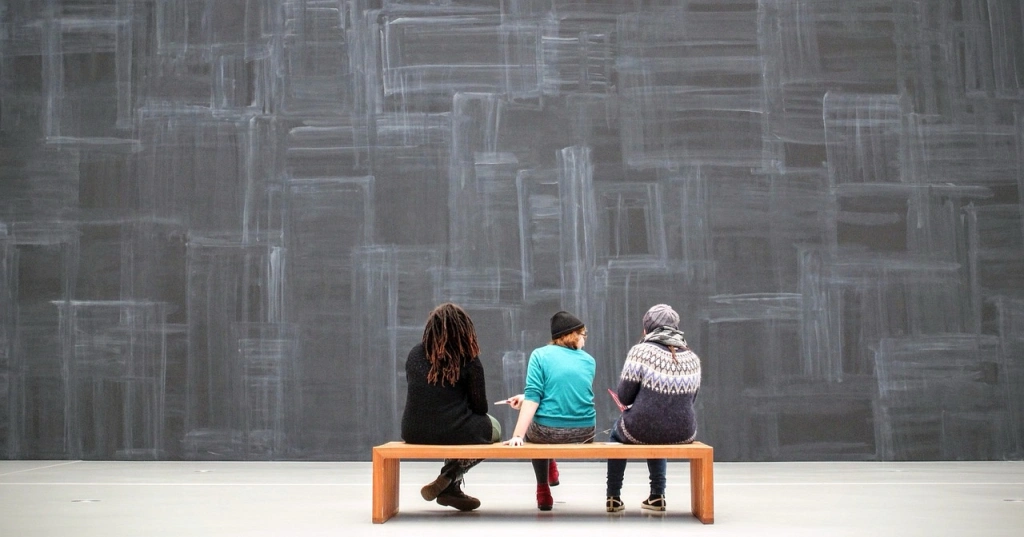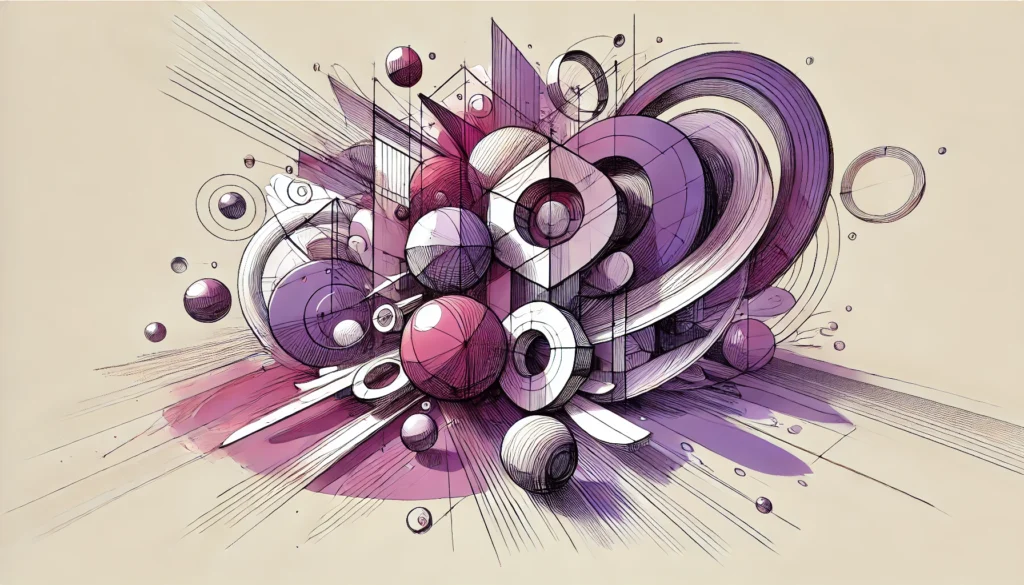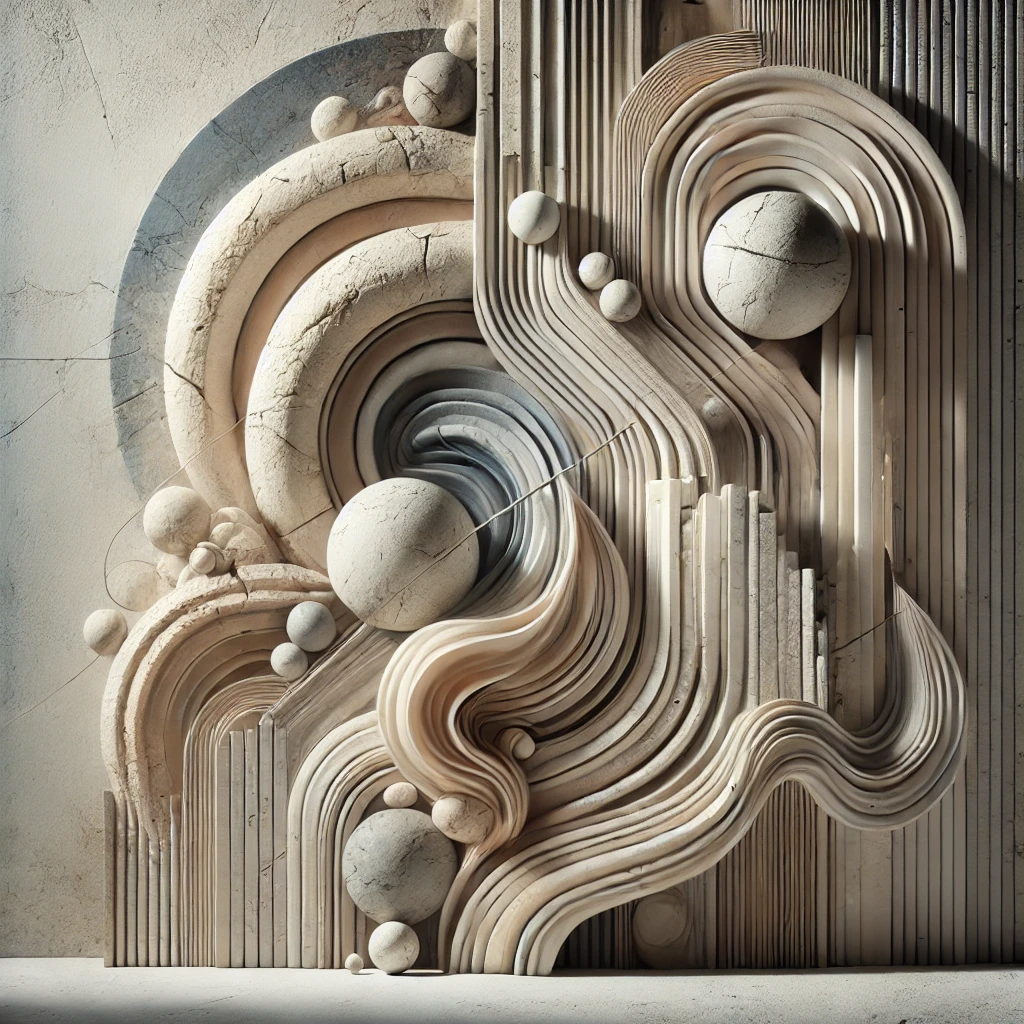Introduction
Art has been a fundamental aspect of human culture for millennia, serving as a mirror that reflects our emotions, stories, and cultural identities. The perspectives we hold about art can significantly influence how we engage with it. Khalil Chishtee, in his thought-provoking piece https://multigrafico.com/khalil-chishtee-no-todo-el-arte-es-belleza/ challenges us to reconsider our preconceived notions about art and its purpose. He emphasizes that the essence of art extends beyond mere aesthetics; it serves as a powerful tool for communication, expression, and change. In this article, we will explore Chishtee’s insights, delving into the deeper meanings of art, its role in society, and how it can provoke thought and inspire action.
Understanding the Depth of Art
What Is Art?
Art is a multifaceted concept that encompasses various forms, including visual arts, literature, music, and performance. At its core, art is a reflection of the human condition. It captures emotions, conveys messages, and can even serve as a catalyst for change. In No Todo el Arte es Belleza, Chishtee articulates that art is not merely about aesthetics but about the stories and emotions it encapsulates. This broader understanding invites us to appreciate art not only for its beauty but also for its capacity to connect with our inner selves and the world around us.
The Role of Beauty in Art
Traditionally, beauty has been viewed as the primary goal of art. From the stunning landscapes of the Renaissance to the intricate details of modern sculptures, beauty captures our attention and evokes admiration. However, Chishtee encourages us to rethink this notion. He posits that while beauty is significant, it is not the sole purpose of art. Instead, art should provoke thought and evoke feelings that challenge our perceptions and understanding of the world.
For instance, consider the works of renowned artists like Pablo Picasso and Frida Kahlo. Their art often embodies emotions that may not align with conventional beauty standards. Picasso’s cubism and Kahlo’s raw self-portraits speak to the complexity of human experience rather than mere beauty. Chishtee’s insights echo this sentiment, reminding us that true art encompasses not just aesthetically pleasing visuals but also the raw and sometimes uncomfortable truths of life.
Art as a Reflection of Society
Art is intricately woven into the fabric of society. It acts as a mirror, reflecting societal issues, cultural narratives, and historical contexts. Throughout history, artists have used their work to comment on the world around them. For instance, street art has become a powerful medium for social and political commentary, transforming public spaces into platforms for dialogue and change. Chishtee illustrates how art can serve as a voice for the marginalized, addressing concerns that are often overlooked in mainstream discourse.
In contemporary society, art has taken on new dimensions. For example, the Black Lives Matter movement has inspired a surge of artistic expression focused on racial injustice and equality. Artists like Kehinde Wiley and Kara Walker use their platforms to raise awareness and foster conversations about systemic racism. By drawing attention to these pressing issues, they exemplify Chishtee’s assertion that art is not just for appreciation; it is a vital part of our cultural discourse.
The Emotional Impact of Art
Art has a profound emotional impact on its audience. Whether it is a poignant film, a powerful piece of music, or a hauntingly beautiful painting, art can evoke a range of emotions—from joy to sorrow, anger to peace. The emotional resonance of art can lead to personal transformation, encouraging viewers to reflect on their lives and experiences. Chishtee’s perspective emphasizes that art can be a source of healing, offering solace in times of distress and providing a sense of belonging.
Consider how music can evoke powerful memories and emotions. A song may transport you back to a specific moment in your life, triggering feelings of nostalgia or sadness. Similarly, a painting can provoke an emotional response that encourages introspection. As noted in No Todo el Arte es Belleza, the ability of art to resonate on such a personal level highlights its significance in our emotional landscape.
The Multifaceted Nature of Art

Challenging Traditional Notions
In traditional settings, art has often been categorized strictly as ‘beautiful’ or ‘ugly.’ However, Khalil Chishtee challenges these binaries. In No Todo el Arte es Belleza, he argues that all forms of artistic expression hold value, regardless of their adherence to conventional beauty standards. This perspective opens the door to appreciating diverse forms of art, including abstract works, conceptual pieces, and installations that may seem chaotic at first glance.
For example, consider the abstract expressionism movement, where artists like Jackson Pollock and Mark Rothko created works that prioritize emotion and spontaneity over traditional beauty. Pollock’s drip paintings, characterized by chaotic patterns and bold colors, challenge viewers to confront their interpretations of art. This shift in perspective invites us to engage with art on a deeper level, appreciating its ability to convey complex emotions and ideas.
Art as a Tool for Change
Art can be a powerful agent of change. It raises awareness about pressing social issues, encourages empathy, and inspires action. Artists like Chishtee use their platforms to address concerns such as environmental degradation, racial inequality, and mental health. By incorporating these themes into their work, they contribute to cultural discourse and mobilize communities for social justice.
Consider the works of artists like Ai Weiwei, who uses art to challenge political oppression and advocate for human rights. His installations, such as “Sunflower Seeds,” comment on mass production and individuality, prompting viewers to reflect on societal structures. Chishtee’s reflections in No Todo el Arte es Belleza remind us that art has the potential to ignite movements, encouraging individuals to engage in activism and advocacy.
The Personal Connection to Art
Everyone has a unique relationship with art, shaped by personal experiences and cultural backgrounds. Some may find solace in serene landscapes, while others may connect with more chaotic expressions of emotion. Chishtee’s work encourages individuals to explore their connections to art and consider how it reflects their personal journeys. As noted in No Todo el Arte es Belleza, art is not just for appreciation; it is a dialogue that invites participation and reflection.
Art can also serve as a means of self-discovery. Many artists express their innermost thoughts and feelings through their work, providing a glimpse into their lives. For instance, Van Gogh’s letters to his brother reveal the struggles and triumphs he faced throughout his artistic journey. By understanding the personal narratives behind the art, we can connect more deeply with the pieces and the artists themselves.
Exploring Art Forms

Visual Art
Visual art encompasses a wide range of mediums, including painting, sculpture, photography, and digital art. Each form offers unique opportunities for expression. Chishtee’s work often blurs the lines between these categories, showcasing how visual art can convey complex narratives. By stepping outside traditional boundaries, artists can communicate their messages more effectively.
For example, the rise of digital art has transformed the way we perceive creativity. Artists like Beeple have gained recognition for their innovative use of technology to create stunning visual pieces. This evolution challenges our understanding of art and encourages us to embrace new mediums. In No Todo el Arte es Belleza, Chishtee emphasizes the importance of embracing diverse artistic expressions, allowing for a more inclusive understanding of art.
Performing Arts
The performing arts, including theater, dance, and music, are dynamic forms of expression that engage audiences in real-time. They can evoke powerful emotions and create immersive experiences. Through performance, artists can communicate messages that resonate with audiences on a visceral level. In https://multigrafico.com/khalil-chishtee-no-todo-el-arte-es-belleza/ Chishtee highlights the importance of performance art in addressing social issues and exploring identity, making it a vital part of contemporary art discourse.
Consider the impact of contemporary dance companies, such as Alvin Ailey American Dance Theater, which use movement to convey narratives that address cultural heritage and social justice. Through powerful choreography and emotional storytelling, these performances invite audiences to reflect on their own experiences and societal norms.
Literature and Poetry
Literature and poetry have a long-standing tradition of exploring the human experience. They provide a means of articulating complex emotions and ideas. Through storytelling, writers can challenge societal norms and provoke critical thought. Chishtee’s reflections on art resonate with literary themes, emphasizing the power of words to inspire change.
For instance, authors like Toni Morrison and Gabriel Garcia Marquez use their narratives to address themes of identity, race, and social injustice. Their works encourage readers to confront uncomfortable truths about society while fostering empathy and understanding. In https://multigrafico.com/khalil-chishtee-no-todo-el-arte-es-belleza/ Chishtee’s insights encourage us to appreciate literature as a vital form of artistic expression that captures the complexities of life.
Conclusion
Khalil Chishtee’s insights in https://multigrafico.com/khalil-chishtee-no-todo-el-arte-es-belleza/ compel us to reconsider our relationship with art. Rather than viewing it solely as an object of beauty, we are encouraged to engage with art as a dynamic form of expression that communicates complex emotions and societal issues. Art transcends the boundaries of aesthetics, serving as a powerful tool for connection, reflection, and change.
In a world increasingly defined by division and misunderstanding, art remains a unifying force, encouraging dialogue and fostering empathy. By embracing the multifaceted nature of art, we open ourselves to new perspectives and possibilities. As we navigate the complexities of life, let us remember the profound impact that art can have on our individual and collective experiences.
